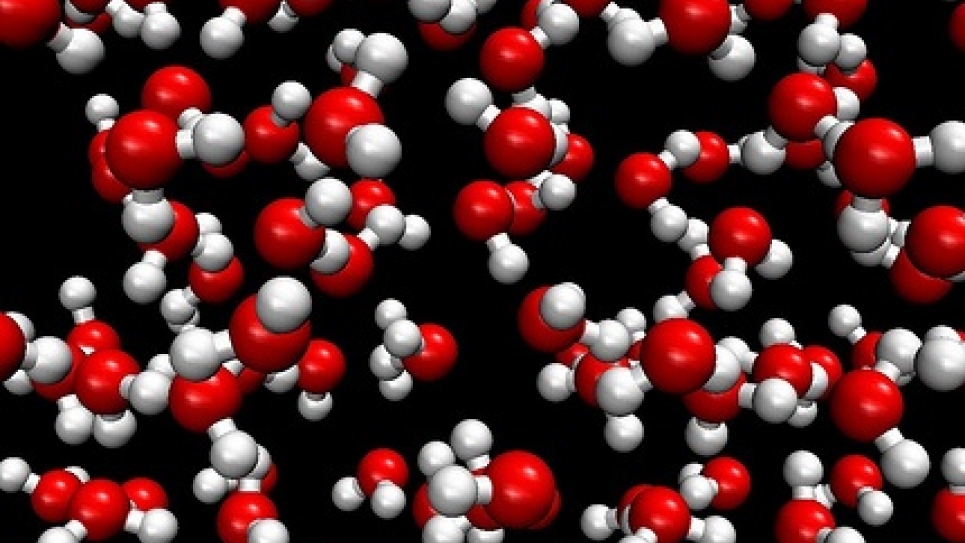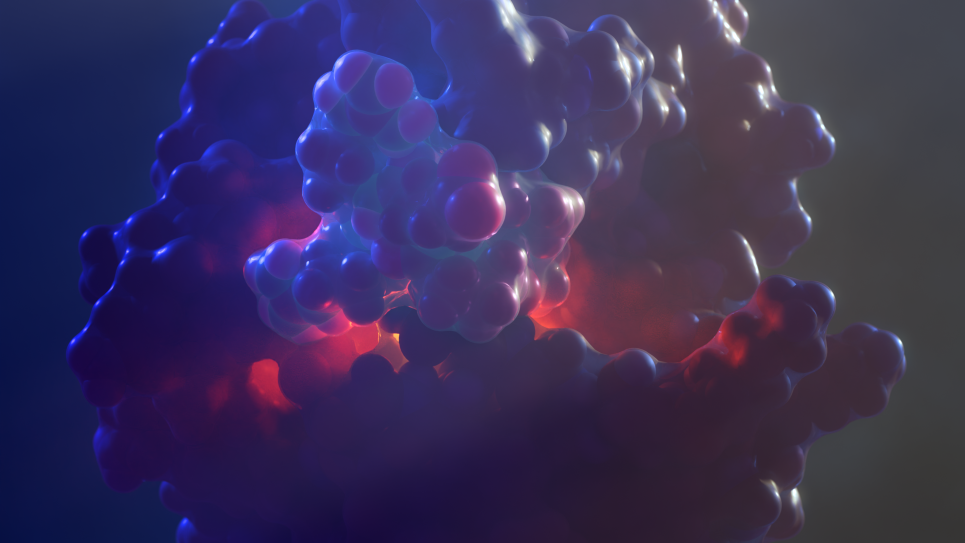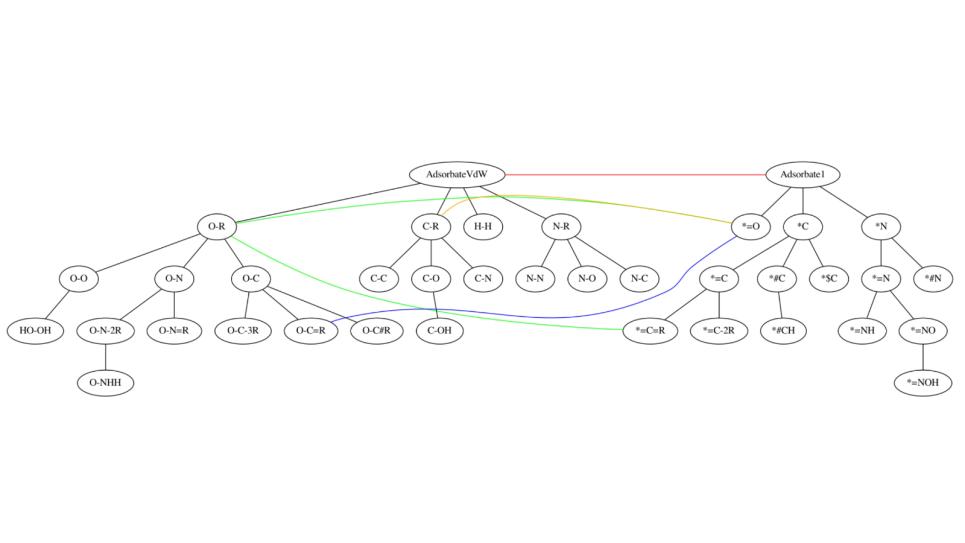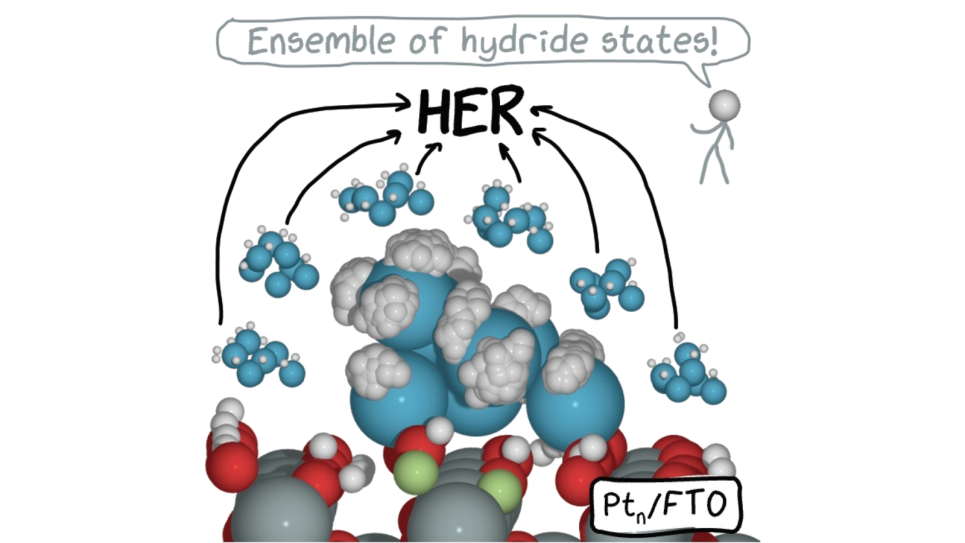
Probing the Properties of Water
Unraveling the properties of water at organic and inorganic interfaces is a key step towards understanding the function of biological systems and the behavior of soft and hard materials in many natural environments. Probing such properties is a very challenging task, both from an experimental and theoretical standpoint. The challenge is even greater if water is confined in very small spaces—within a few nanometers— as is the case, for example, close to the surfaces of proteins, in channels devised to transport matter at the nanoscale (nanofluidic devices), or in natural rocks such as zeolites or clays.
Approach
Exploiting the power of IBM Blue Gene supercomputers at the Argonne Leadership Computing Facility and IBM Blue Gene Watson Research Laboratory, a team of researchers is using first-principles simulations to investigate what happens at the microscopic level when water meets hydrophilic and hydrophobic surfaces and how the properties of this ubiquitous liquid are modified at the nanoscale. The findings capplied to solve complex problems in both biology and materials science.
Results/Accomplishments
To date, the researchers have studied both pure water and water at interfaces with graphite, nanotubes, hydrogenated diamond surfaces, and biocompatible materials such as silicon carbide.
The first-principles theory used in the team’s simulations—density functional theory— yields results that compare well with experiments for all the major structural properties of water, some of its electronic spectroscopic signatures (in a qualitative manner), and several dynamical properties.
In addition, the team identified the key role played by electrons in determining the arrangements of water molecules at the surface. They also computed vibrational spectra and provided predictions and interpretations of what should be seen experimentally when measuring how water molecules vibrate in contact with surfaces.
Future Efforts
Researchers will complete ab-initio simulations of solvated ions in confined water, in particular, alkali and halogens ions in water confined in carbon nanotubes. They also will begin calculations of Raman spectra of water, in addition to IR spectra simulations that have been started and, for some substrates (graphene and deuterated diamond), completed. Electric field calculations will be started as planned. As for transport properties, researchers are testing viscosity calculations using classical potentials, after which they will start ab-initio simulations.


